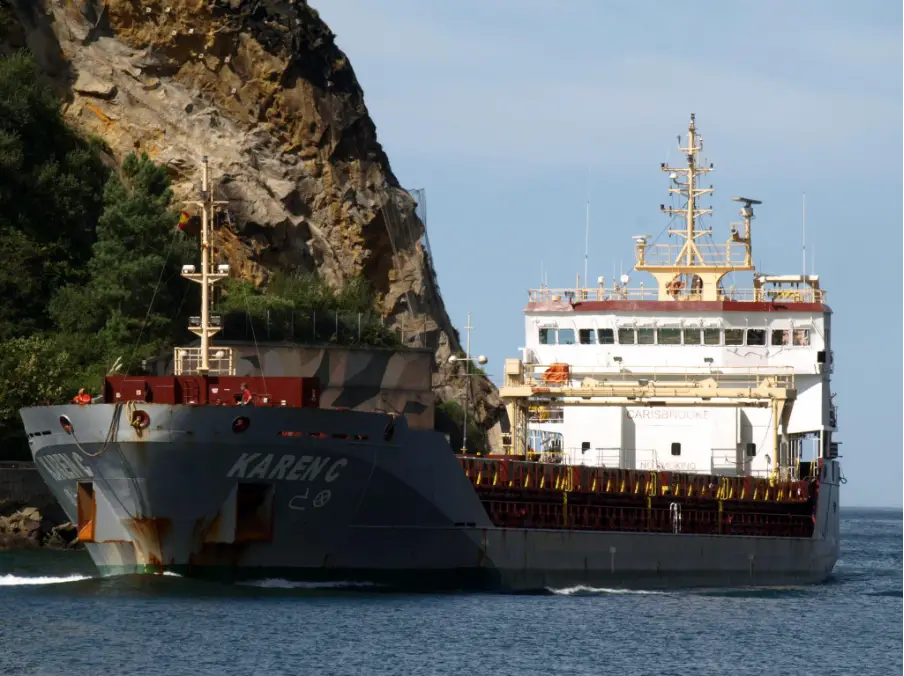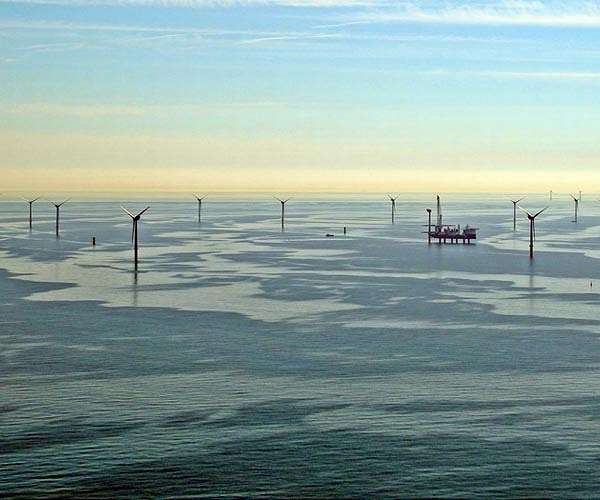
Poland is taking an unusual tack when it comes to its developing hydrogen economy. Unlike in Germany, it’s decided not to focus on the production and storage of green hydrogen. This is because Poland is already producing large quantities of conventional hydrogen, most of which arises as an industrial waste product. The Eastern European nation sees the creation of stable, functioning management and sales structures as more strategically important. Once things have been scaled up to the necessary level and green hydrogen comes online, these types of structures could have a major role to play in a European hydrogen market.
It would seem Poland has different ideas than Germany on matters concerning the application of hydrogen. Ideological paradigms and political idealism are largely absent. Instead, the emphasis is placed much more firmly on feasibility and profitability.
This contrast in approach was underlined at this year’s conference on the future of hydrogen deployment on the Polish railroad by the representative of Poland’s leading rail freight company PKP Cargo who took an objective and sober view of the situation. The speaker presented an applied feasibility study which investigated all forms of use, from passenger transportation, long and short routes, and freight transport through infrastructure for freight stations and terminals, and compared the pros and cons of fuel cells with those of electric propulsion. The study revealed that fuel cells are only beneficial if rail tracks have not been electrified and large diesel-powered shunting engines are run on the line. Non-electrified sections of track are less common in Poland than in Germany, thus limiting the opportunities for the use of hydrogen trains in the country.
However, the situation is different for the shunting engines that are urgently needed at many Polish stations as well as at the terminals and port facilities currently being constructed. Due to international competition, these facilities are also trying hard to improve their carbon footprint. A good example is PKP Cargo itself which will be by far the largest Polish freight transport provider as well as the biggest buyer of hydrogen locomotives built in Poland.
First hydrogen loco ready
The most significant Polish company explicitly involved in the building of trains and locomotives is PESA in Bydgoszcz. PESA began developing fuel cells for the railroad a number of years ago. The most promising hydrogen project was developed by PESA in partnership with Poland’s largest petroleum company PKN Orlen, which is also the country’s main producer of conventional hydrogen. The result of this cooperation was presented at Innotrans 2022 in Berlin, Germany, where PESA’s SM42-6Dn shunting engine was revealed alongside Orlen’s refueling concept.
“Our two companies have just concluded a strategic agreement with the intention of offering customers a joint product – the supply of rolling stock together with refueling services and hydrogen supplies. A potential operator of a siding or a loading station gets an all-in-one package: a vehicle, a refueling station and hydrogen,” said Krzysztof Zdziarski, president of PESA, speaking to members of the press.
Zdziarski also took the opportunity to mention that it’s not just Polish companies expressing an interest. Ports in southern Europe, too, are keen on Pesa and Orlen’s idea, he said. What’s more, the experience that the developers have gained through their work on the SM42-6Dn design stands them in good stead for the next step: the creation of a hydrogen passenger train. PESA aims to be in a position to build the first Polish passenger train based on fuel cell technology in 2025/2026.
Zdziarski’s remarks need to be treated with caution, however. While PESA is already laying the groundwork for an exciting hydrogen product, it is some way off from being market ready. Not only is the manufacturer unable to specify a price, the SM42-6Dn has not proven itself in the field.
Combining tradition and high tech
The PESA factory in Bydgoszcz could soon cede its position as the only Polish maker of fuel cell power systems for rolling stock. This year’s conference on the future of hydrogen deployment on the Polish railroad in Pozna? witnessed the signing of a memorandum between Pozna? University of Technology, the H. Cegielski – FPS factories, and the company Impact. All three partnering organizations have previous experience in hydrogen research and development. Impact is already shipping battery systems to railroad equipment suppliers such as Stadler and Siemens.
“We have accumulated more than 10 years’ international experience in providing solutions for battery and hydrogen vehicles. We regard hydrogen as the energy carrier of the future. The profitability of hydrogen as a fuel and energy storage medium depends on a certain magnitude being reached, in other words hydrogen needs to be produced from renewable sources by electrolyzers so that the economy can switch to hydrogen as much as possible. The changeover from natural gas to hydrogen is a process that will take 10 to 15 years unless EU measures can condense this timeframe. A joint project on the application of the hydrogen cell in rolling stock could considerably speed up the growth of this promising sector,” said Impact CEO Bart?omiej Kras.
H. Cegielski, a long-established company located in Pozna?, and Impact have been working on the idea of a hydrogen train for over a year. The first step toward creating a new series of trains, which will be based on the new PLUS platform, has already been taken. Additional scientific knowledge and research capacity is now set to be gained through the partnership with ?ukasiewicz – Pozna? Institute of Technology, which is home to 700 scientists working across six research centers. One of the research groups, the Center of Rail Vehicles, is focused exclusively on R&D for railroad applications.
“The ?ukasiewicz institute has been working on hydrogen energy solutions for many years. I believe that the intention we expressed in this document today will soon lead to a revolution in the rail market – a revolution that, particularly in relation to the climate crisis and the energy markets, is desperately needed,” said Arkadiusz Kawa, Director of the ?ukasiewicz – Pozna? Institute of Technology, at the opening of the conference.
Author: Aleksandra Fedorska
Images: 1 The SM42-6Dn hydrogen-powered shunting locomotive, Source: PESA
2: Schematic layout for the SM42-6Dn, Source: PESA







